Results 8,921 to 8,930 of 12096
Thread: Anandtech News
-
12-07-18, 11:13 AM #8921
Anandtech: AnandTech Forums Holiday Swag Giveaway
To celebrate the end of the year and the launch of our recently-revamped forums, the AnandTech Forums community team is holding a holiday swag giveaway.
Now through December 14th, the team is taking contest entries for five AnandTech-branded swag packages, including Bluetooth speakers and coffee mugs. So if you like AnandTech and would like to win some free stuff, please be sure to stop by our forums to enter the contest.
More...
-
12-07-18, 01:36 PM #8922
Anandtech: Sales of High Refresh Gaming Displays Skyrocketing, Curved Gaming LCDs Pre
The number of news stories about gaming displays that we post has increased significantly in the past couple of years. Established suppliers have broadened their lineups of gaming LCDs, and meanwhile new players have decided to join the party. Apparently, our coverage has been reflecting market sales trends, as sales of such monitors have been increasing at a rapid pace. According to WitsView, shipments of displays with a 100 Hz refresh rate or higher (i.e., gaming LCDs) will exceed five million units in 2018. Moreover, over half of them will be curved monitors.
Curved Gaming LCDs Leave Flat Displays Behind
Global sales of gaming displays with high refresh rates are expected to reach 5.1 million units in 2018, an annual growth of 100%, reports WitsView, a division of TrendForce. This is still a small fraction of the 126 million total LCDs projected to be sold in 2018 (up 1.5% year-over-year), according to the company. The researchers attribute the growing demand for displays with high refresh rates to recommendations from game developers, with groups such as the PlayerUnknown's Battlegrounds devs recommended 144 Hz+ displays. Meanwhile, it is evident that as the number of available models on the market is increasing, their prices are getting lower and gamers are more inclined to buy them.
One interesting point about gaming displays in general is that 54% of gaming LCDs sold this year will be curved monitors, leaving only 46% of them to be flat. Last year 77% of gaming displays were flat and only 23% were curved, according to WitsView. Shipments of around 2.75 million units is a big win for curved LCDs at large. In fact, keeping in mind that there are even more numerous curved models with refresh rates below 100 Hz, it is safe to say that sales of such displays in general will clearly surpass 5 million units, up from around a million in 2015. Since price difference between curved and flat monitors is diminishing, curved displays are no longer penalized with a price premium.
ASUS Leading the Pack
When it comes to suppliers of gaming displays, ASUS has been leading the pack for quite a while now, and this year was no exception. Acer maintained its second spot in 2018. By contrast, BenQ left the Top 4 and the third place now belongs to TPV, which sells products under AOC and Philips brands and is particularly successful in the Chinese, European, and APAC markets. Samsung moved up to fourth place (from the No. 5 spot) after expanding its gaming lineup with numerous new models in 2017 – 2018 timeframe, including the world’s first FreeSync 2-supporting monitors and numerous curved models of various sizes. It is noteworthy that 95% of Samsung’s gaming displays are curved.
Other vendors with impressive sales growth in 2018 noted by WitsView are MSI, HKC, and SDC. The latter two are particularly successful in China, whereas MSI is promoting its Optix gaming displays globally. Meanwhile, general LCD market leaders like Dell, HP, Lenovo, and LG are not exactly among the frontrunners on the market of gaming monitors.Top Suppliers of Gaming LCDs in 2017 - 2018
Data by WitsView, December 2018Ranking 2017 2018
Estimation1 ASUS ASUS 2 Acer Acer 3 BenQ AOC/Philips 4 AOC/Philips Samsung Shipments 2.5 million 5.1 million
Related Reading:Top LCD Suppliers: 2017 - 2018
Data by WitsView, October 20182017 2018
(Estimated)Ranking Brand Market Share Ranking Brand Market Share 1 Dell 18.5% 1 Dell 19.6% 2 AOC/Philips 13.5% 2 HP 13.8% 3 HP 12.7% 3 AOC/Philips 13.1% 4 Lenovo 9.8% 4 Lenovo 9.6% 5 Samsung 9.6% 5 LG 8.7% 6 LG 9.3% 6 Samsung 7.6% 7 Acer 6.0% 7 Acer 6.8% Others - 20.5% Others - 20.8% Shipments - 123.7 million Shipments - 125.6 million
- Acer Unveils KG1 Displays with Sub-1ms Response Time
- ASUS Lists ROG Strix XG32VQR Curved FreeSync 2 Display with RGB
- JapanNext Launches 35-Inch "UWHD" Curved LCD: AMVA & 200Hz Refresh w/FreeSync
- MSI’s 49” Optix Curved Display and Oculux 25” High Refresh Monitors Announced
- ASUS Announces ROG Strix XG32VQ and ROG Strix XG35VQ: Large, Curved, & Fast
- Smooth As 240 Hz Butter: LG's 27GK750F-B, a 27-inch eSports Monitor with FreeSync, Launched for $550
- BenQ Announces ZOWIE XL2546 ‘eSports’ Display: 24'', FHD, 240 Hz, DyAc ULMB Tech
Source: WitsView/TrendForce
More...
-
12-10-18, 08:13 AM #8923
Anandtech: OWC Launches Drive Dock with USB Type-C: Two SATA Drives, Up to 981 MB/s
OWC has released its new Drive Dock external storage solution that can accommodate two hot-plug-capable HDDs or SSDs. What makes this latest drive dock particularly notable is that it uses a USB Type-C interface, so it can be used with the latest laptops.
OWC’s Drive Dock (OWCTCDRVDCK) with a USB 3.1 Type-C Gen 2 interface can house two 2.5 or 3.5-inch SATA drives, supporting both HDDs and SSDs. The dock also supports RAID stripe or RAID mirror modes for extra performance or redundancy. Under the hood, the device uses Via Labs' VL820 USB 3.1 Gen 2 controller as well as ASMedia’s ASM1151 USB to SATA bridge, with OWC presumably layering software RAID on top of that.
Keeping in mind that the maximum performance a USB 3.1 Gen 2 interface can provide is just shy of 1GB/sec, it makes sense to run two SATA HDDs in RAID 0, though two high-performance SATA SSDs will likely be bottlenecked by the interface.
When it comes to compatibility, OWC’s dual drive bay solution should work with all standard SATA HDDs and SSDs. Capacity wise, this means that it can accommodate two 14 TB HDDs providing up to 28 TB of storage space and over 500 MB/s throughput in RAID 0. Alternatively, two SSDs can be used for a combination of maximum performance, or mixing & matching an SSD and HDD.
Also of note in terms of features, the Dual Drive Dock has an internal power supply; so while it does require external power (via an AC cable), it doesn't require plugging in a bulky external transformer to power the device. The internal power supply also means that OWC has been able to add some frills by allowing each drive bay to be individually powered on and of. All told, the OWC ships the Drive Dock with a USB 3.1 Gen 1 A-to-C cable, a USB 3.1 Gen 2 C-to-C cable, and a power cable.
Being rather simplistic, the OWC Drive Dock for two storage device with a USB 3.1 Gen 2 Type-C interface is also a pretty affordable at $119. If populated with two 8 TB HDDs (around $220 these days), the whole storage solution will cost about $560, which is cheaper than Western Digital’s 16 TB MyBook Duo, which retails for $599 and offers throughput of up to 360 MB/s.
Buy OWC Drive Dock w/ USB 3.1 Gen 2 Type-C on Amazon.com
Related Reading:
- OWC Ships ThunderBlade External SSDs, Touts SoftRAID Tech for 3800 MB/s Speeds
- OWC and SoftRAID create ThunderBay 4 RAID 5 Edition
- Western Digital Launches New My Book Duo Storage Systems: 360 MB/s, USB-C, 20 TB
- LaCie Announces 2big Dock: 2-Bay TB3 DAS with Card Reader, USB-A and DisplayPort
- Sharkoon Launches Quickstore One USB 3.1 Gen 2 Type-C Storage Device DIY Kit
- Pioneer’s APS-XS02 USB-C 3.1 Gen 2 External SSDs Now Available
- G-Technology G-DRIVE slim SSD USB-C 500GB External SSD Capsule Review
Source: OWC
More...
-
12-10-18, 10:34 AM #8924
Anandtech: Enermax Unveils 500W-Capable LiqTech II LCS for Mainstream CPUs
Enermax has introduced its new family of all-in-one liquid cooling systems (AIO LCS) for mainstream and high-end desktop CPUs. Capable of dissipating upwards of 500W of heat, the LiqTech II lineup includes models with 240-mm, 280-mm, and 360-mm radiators, all featuring a high-performance pump. To make the devices more attractive to modders, Enermax is also offering one of the LiqTech II SKUs in white.
Interestingly, Enermax seems to be aiming for overkill here. The company, one of a handful of AIO LCS makers to target AMD's Threadripper platform, is porting their TR4 cooler design to this more mainstream cooler.
The Enermax LiqTech II coolers are compatible with all mainstream sockets in use today, as well as Intel's HEDT socket, meaning it works with Intel’s LGA2066/2011/1366/115x sockets as well as AMD’s AMx/FMx. However AMD's TR4 socket continues to require one of the company' specialized extra-large TR4 coolers.
The new AIO LCSes use the EF1 pump featuring a ceramic nano PI bearing, a micro-channel cold plate (complete with a shunt channel), a flow rate of 450 Liters/hour, and addressable RGB lighting that connects to its radiator using weaved polyamide rubber tubing. Depending on exact model, the LiqTech II coolers are equipped with two or three fans featuring a high-pressure blade design as well as anti-vibration rubber pads to reduce noise.
All of Enermax's LiqTech II LCSs are rated for over 500 W of cooling, which is a steep upgrade from the first-gen LiqTech LCS (~300 W), which pre-dated the company's more recent TR4-inspired designs.
The motive behind Enermax’s the move to adapt its LiqTech TR4 II to other CPUs is clear: Intel’s ‘extreme’ Core i9-9980XE dissipate 165 W of power at stock clocks and will dissipate far more when overclocked. Besides, Intel’s mainstream Core i7/i9 processors go well above their official sub-100W TDPs provided that they are cooled properly, which means that better cooling translates into higher performance in many cases.Specifications of Enermax LiqTech II-Series Cooling Systems LiqTech II 240
ELC-LTTO240-TBPLiqTech II 280
ELC-LTTO280-TBPLiqTech II 360
Black: ELC-LTTO360-TBP
White: ELC-LTTO360-TBP-WDimensions Waterblock
PumpLength 71 mm Width 71 mm Height 63 mm Radiator Length 274 mm 313 mm 394 mm Width 120 mm 140 mm 120,, Depth 39 mm 28 mm 28 mm Fan Length 120 mm × 2 140 mm × 2 120 mm × 3 Width 120 mm × 2 140 mm × 2 120 mm × 3 Depth 25 mm Fan (single) Speed (RPM) 500-2300 500-1500 500-2300 Airflow
(CFM)23.81 ~ 102.17 31.86 ~ 80.71 23.81 ~ 102.17 Static Pressure (mm-H2O) 0.673 ~ 6.28 0.960 ~ 4.812 0.673 ~ 6.28 Noise (dBA) 14 ~ 28 14 ~ 25 14 ~ 28 Power 3.6 W 2.4 W 3.6 W MTBF (hrs) ?160,000 @ unknown oC Connector 4-pin PWM connector Pump Speed (RPM) 3000 (needs to be confirmed) Life Expectancy ?100,000 @ unknown oC Power 4.8 W Tubing Length 400 mm Compatibility AMD AM4/AM3+/AM3/AM2+/AM2/FM2+/FM2/FM1 Intel LGA 2066/2011-3/2011/1366/1156/1155/1151/1150 TDP ?500 W
Enermax plans to start sales of its LiqTech II coolers in early December. The company has not announced pricing, but considering the fact that the LiqTech II TR4 LCS starts at $140, it is likely that versions for other CPUs will start at around the same price point.
Related Reading:
- Enermax Launches LiqTech TR4 AIO LCS for AMD's Threadripper: 100% IHS Coverage, 500 W TDP
- Enermax Unveils LiqTech TR4 II LCS: A 500W TDP Threadripper 2 Cooler
- Corsair Unveils Hydro H100i & Hydro H115i RGB Platinum LCSes with Mag Lev Fans
- Cooler Master Launches MasterLiquid ML360R RGB 360-mm AIO Cooler with RGB
Source: Enermax (via Hermitage Akihabara)
More...
-
12-10-18, 02:25 PM #8925
Anandtech: TP-Link Announces Archer AX6000 and AX11000 Wi-Fi 6 (802.11ax) Routers
TP-Link has announced pre-orders for their first 802.11ax router - the 8-stream Archer AX6000, along with technical details, pricing, and other information. In addition, a higher-end model, the Archer AX11000 is slated to become available in January 2019.
Most of the leading consumer networking vendors have already announced their first-generation 802.11ax routers lineup. In fact, Netgear and Asus already have their units available for purchase or pre-orders. Today, TP-Link is announcing their corresponding lineup for the North American market.
Traditionally, the flagship routers from TP-Link have been based on Qualcomm silicon, but, the company has opted to go in with Broadcom-based platforms for their first two 802.11ax products. The entry-level product from all the vendors is based on the Broadcom 8-stream platform (one 4x4 5 GHz radio, and one 4x4 2.4 GHz radio). For the high-end, Netgear opted for the Qualcomm-based 12-stream platform (one 8x8 5 GHz radio, and one 4x4 2.4 GHz radio). However, TP-Link, like Asus, has gone in with Broadcom for their high-end AX11000 router too. This product adopts a tri-band design, with two 4x4 5 GHz radios and one 4x4 2.4 GHz radio.
The benefits of Wi-Fi 6 have been brought out in multiple articles before, but, it is important to have a recap for context:
- Availability of both uplink and downlink OFDMA (orthogonal frequency-division multiple access) to improve spectral efficiency
- Usage of both 2.4 GHz and 5 GHz bands (unlike the 5 GHz-only 802.11ac standard)
- Standardization of 1024-QAM and and making MU-MIMO a mandatory feature (dissimilar to its optional downlink-only nature in 802.11ac Wave-2)
Wi-Fi 6 / 802.11ax doesn't target peak data-rates, but, improves the aggregate performance over several simultaneously active clients. The OFDMA-enabled simultaneous transmission to several users results in increased efficiency. Thanks to the lowered waiting time, the battery life of client devices also increases.
The first 802.11ax product to ship from TP-Link will be the Archer AX6000 router based on the Broadcom BCM49408 SoC with two 802.11ax radios - the BCM43684. The BCM49408 has a 1.8 GHz quad-core ARMv8 processor (Cortex A53) supplemented by a 800 MHz network packet co-processor that keeps the main CPU free for other tasks. The radios are in a 4x4:4 configuration, with one dedicated to 2.4 GHz duties (bgn+ax, with 40 MHz channels for 1148 Mbps of theoretical throughput), and another dedicated to the 5 GHz channel (an+ac+ax, with 160 MHz channel support for 4804 Mbps of theoretical throughput).
The high-end product, the AX11000 is a tri-band platform, with the same BCM49408 SoC. Attached to this SoC, we have three BCM43684 radios in 4x4:4 configuration - two dedicated to 5 GHz, and one to 2.4 GHz duties. TP-Link is aiming to target the gaming market with this product. The integrated 'Game Accelerator' QoS and the tagging of one of the 5 GHz radios as '5G_Gaming' along with a gamers-focused UI are some of the marketable features to please the gamers.
Both routers come with 1GB of RAM, a 2.5 Gbps WAN port, 8x gigabit LAN ports, and two USB 3.0 ports (1x Type-A, and 1x Type-C). They also support link aggregation, band steering, and DFS. The setup and usage process is being made user-friendly thanks to the Tether app that allows for initial configuration using Bluetooth. The routers also come with a 3-year subscription to the TP-Link HomeCare security feature (operated in partnership with TrendMicro).
The Archer AX6000 is available for pre-order on Amazon for $350. The Archer AX11000 will be available towards the end of January 2019 at a price point of $450.
More...
-
12-10-18, 04:10 PM #8926
Anandtech: 5G Mobile Hotspots: Netgear for AT&T and inseego for Verizon
Most of the 5G deployments to date are using mobile hotspots – devices that convert a 5G signal into another form of data transfer, usually some form of ubiquitous Wi-Fi. So while there are no direct 5G devices right now, the initial business deployments are going to center around the mobile hotspot concept, allowing other devices to take advantage of the new technology, albeit indirectly. At the Qualcomm Snapdragon Summit, both Netgear and inseego had their mobile hotspots on display.
More...
-
12-10-18, 04:10 PM #8927
Anandtech: The Verizon and AT&T 5G Setups at Qualcomm’s Snapdragon Summit
My inbox has been awash with emails regarding 5G ‘firsts’ this past year. Every time a company seems to demonstrate the smallest new ‘first’, such as mmWave through an x-inch wall or sub-6 GHz from base station to small cell, it seems to be something to shout about. A cynical journalist might think that these emails are to eradicate the lack of 5G hype in the air! However despite this, both Verizon and AT&T did set up small 5G transmitters for the demos at Qualcomm’s Tech Summit.
More...
-
12-11-18, 08:37 AM #8928
Anandtech: The MSI B450 Tomahawk Motherboard Review: More Missile Than Axe
From the few second-generation AMD B450 and X470 motherboards we have tested, the majority have been refreshed models of pre-existing boards. Over time, the vendors have had the opportunity to make minor tweaks and upgrades to keep ahead of current technological advances and inevitable design choices. MSI has tried to tick both boxes with the new B450 Tomahawk which comes with an extended CPU heatsink, USB 3.1 Gen2 support and RGB LEDs.
More...
-
12-11-18, 09:40 AM #8929
Anandtech: A Quick Look at Qualcomm’s 5G Smartphone Reference Design
One of the exciting things on display at Qualcomm's Snapdragon tech summit was their 5G reference smartphone design – the one that gets handed around to the smartphone vendors so they can initiate their own designs. Reference platforms are usually base and ‘generally good’ all-around designs that OEMs can take as a starting point, and so Qualcomm had to address one of the main issues with 5G with its QRD: size. Thanks to the extra 5G modem and the many antennas required for mmWave frequencies, 5G requires a good deal more hardware than current 4G phones. Qualcomm's reference design, in turn, is of reasonable dimensions, and not completely out of place amongst the larger modern smartphones of today.
More...
-
12-11-18, 02:38 PM #8930
Anandtech: Greenliant Launches EnduroSLC SSDs with Up to 250K P/E Cycles
Greenliant, a developer of special-purpose NAND-flash storage devices, this week introduced its new lineup of SSDs featuring ultra-high endurance. The NANDrive SSDs use the company’s proprietary EnduroSLC technology that is enabled by its in-house controllers and are aimed at write-intensive industrial applications.
Greenliant’s NANDrive SSDs featuring EnduroSLC offer endurance of 50K, 100K, and 250K per-cell program/erase (P/E) cycles, which is well beyond everything offered by "conventional" NAND flash memory manufactured today (SLC is typically rated for ~100K, MLC ~10k, and TLC ~3k).
Right now, the only other storage solutions from Greenliant that offer 250K P/E cycles are the GLS85VM eMMC 5.1 drives featuring capacities of 2, 4, 8, 16 and 32GB as well as sequential performance of up to 185 MB/s read speeds and up to 140 MB/s write speeds in HS400 mode. The drives are designed to operate at industrial temperatures between -40°C and +85°C, so they can address virtually any type of application.
Typically, SLC NAND is rated for 100K P/E cycles, but Micron and Sun introduced SLC NAND rated for a million of P/E cycles almost exactly 10 years ago. Companies like Samsung and Toshiba these days offer enterprise-grade Z-NAND and XL-Flash memory that is designed to physically withstand tens of thousands of P/E cycles while offering high performance.
Greenliant does not make its own memory dies, so the EnduroSLC tech allegedly uses enterprise-grade NAND chips produced by an unnamed manufacturer. The company does not disclose a lot of information about its technologies, but as far as we can tell, Greenliant uses a lot redundant raw NAND memory along with a special in-house-designed controller supporting an elaborate feature set and sophisticated algorithms.
Greenliant’s GLS85VM eMMC 5.1 NANDrive SSDs with endurance of 50K, 100K, and 250K P/E cycles are currently available to select customers with select product engagements.
Related Reading:
- Samsung Launches Broad Range Of Datacenter SSDs
- Samsung Reveals M.2 Z-SSD
- Samsung Launches Z-SSD SZ985: Up To 800GB Of Z-NAND
- Toshiba Announces XL-Flash Low-Latency 3D NAND
- Renice Announces X9 Military-Grade Rugged SSDs with R-SATA Connectors
Source: Greenliant
More...
Thread Information
Users Browsing this Thread
There are currently 11 users browsing this thread. (0 members and 11 guests)





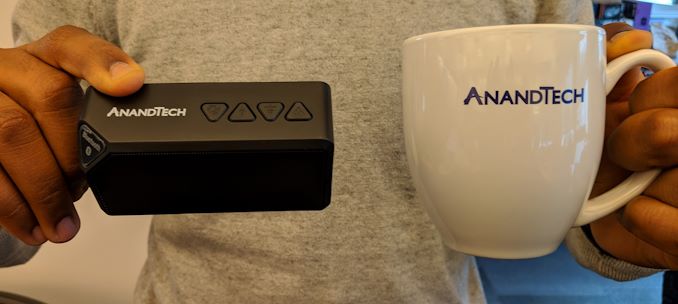

 Quote
Quote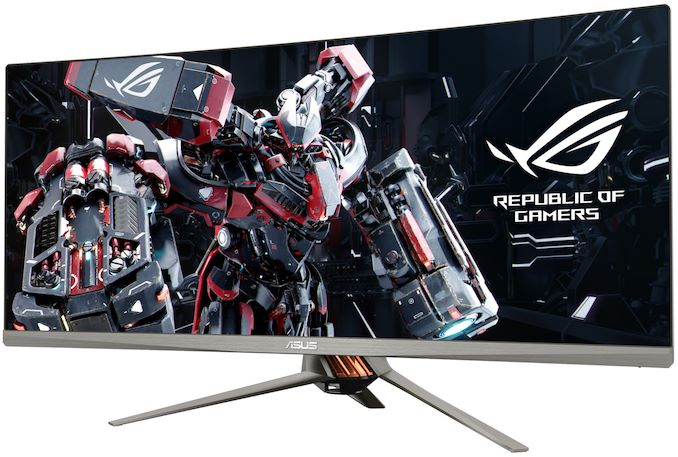
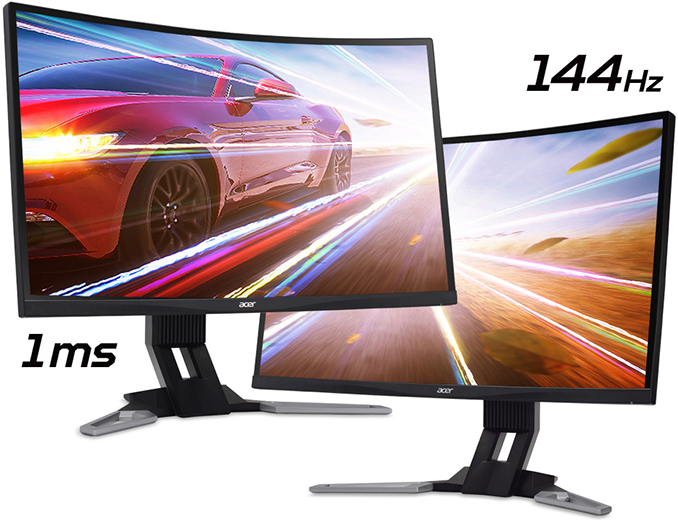




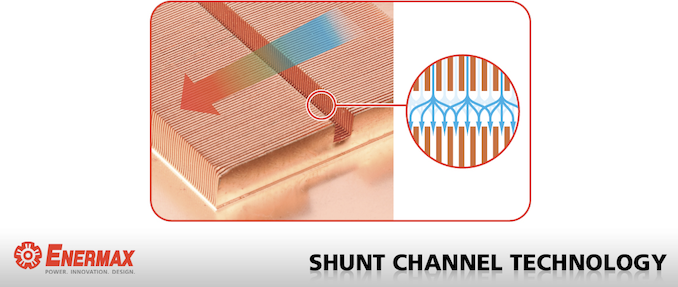
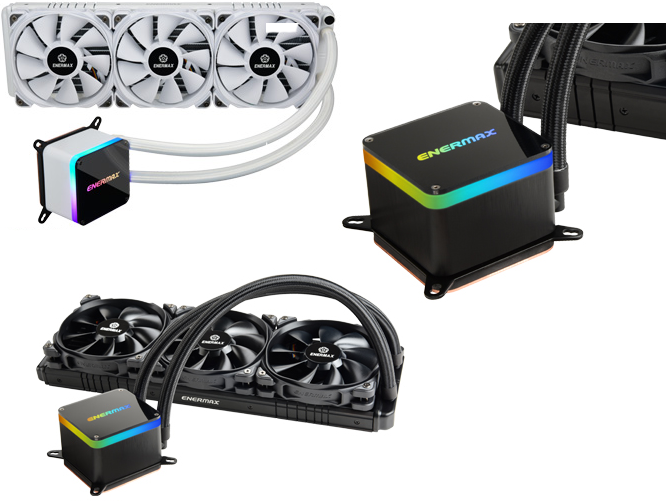
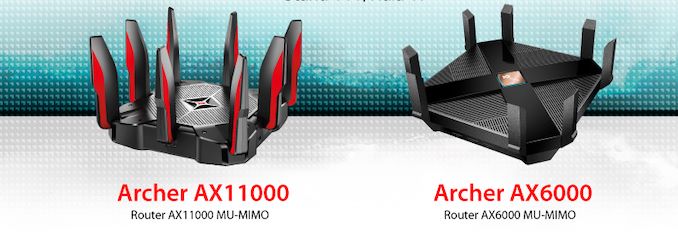
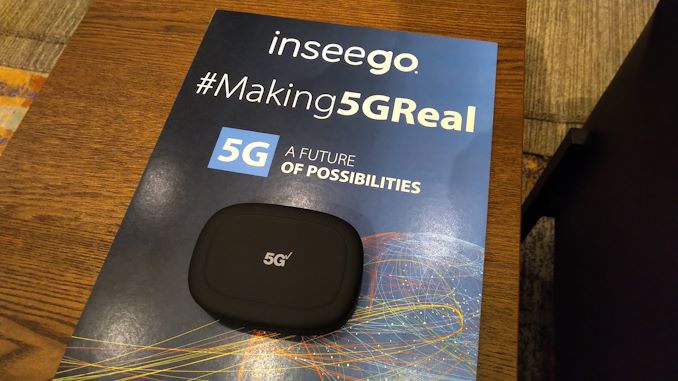
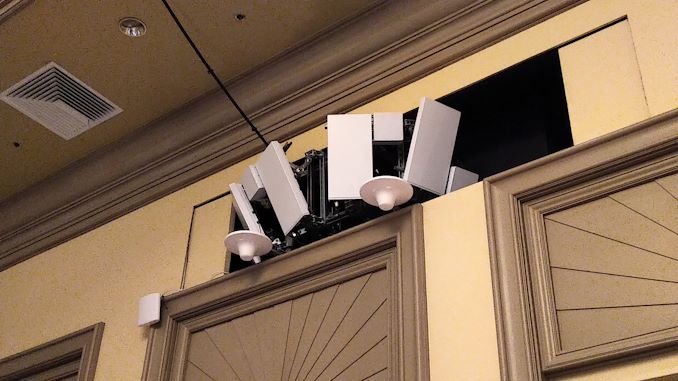

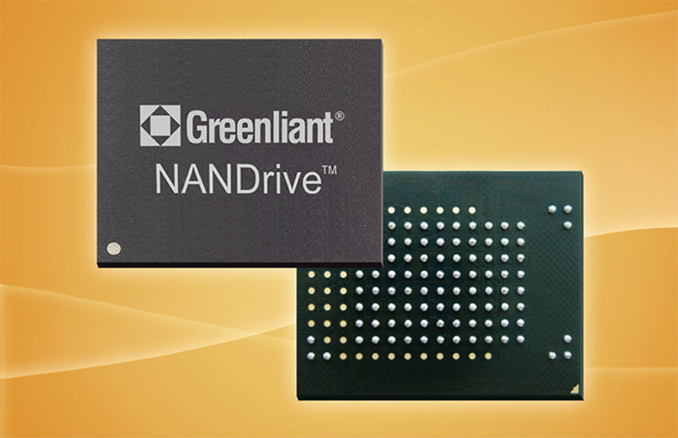
















Bookmarks